Home>Garden Essentials>When Will Big Bluestem Germinate
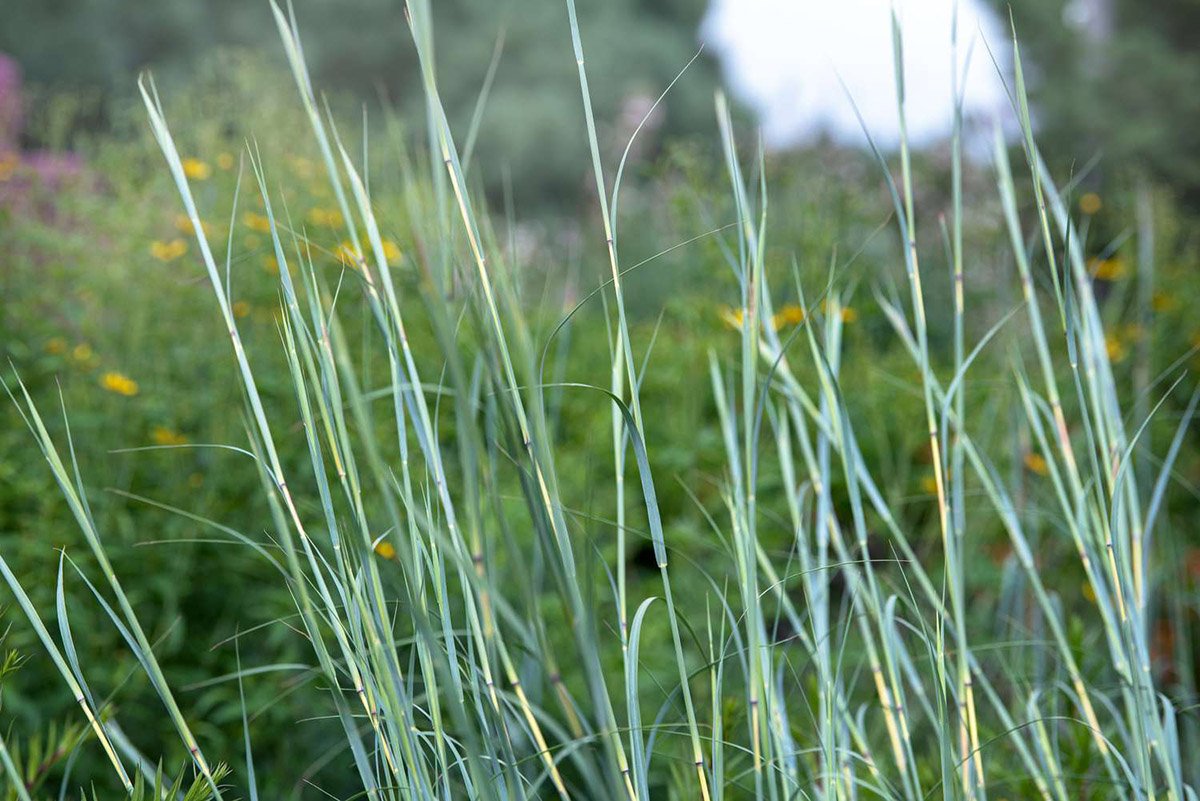

Garden Essentials
When Will Big Bluestem Germinate
Modified: March 16, 2024
Discover when big bluestem will germinate in your garden and achieve successful growth with expert tips and advice.
(Many of the links in this article redirect to a specific reviewed product. Your purchase of these products through affiliate links helps to generate commission for Storables.com, at no extra cost. Learn more)
Introduction
Welcome to the wonderful world of gardening, where the beauty of nature flourishes right in your own backyard. One of the key aspects of gardening is the process of germination, which is the beginning of a plant’s life cycle. Germination plays a vital role in the overall success of your garden, and understanding the factors that influence this process is essential.
In this article, we will delve into the fascinating world of big bluestem germination. Big bluestem (Andropogon gerardii) is a native grass species that is well-known for its ornamental value, excellent soil stabilization capabilities, and its role in prairie restoration projects.
Let’s explore the factors that can affect the germination of big bluestem seeds, including temperature requirements, moisture and soil conditions, light conditions, and the duration of the germination process. We will also discuss the concept of dormancy periods and provide techniques and strategies for successfully germinating big bluestem seeds.
By the end of this article, you will have a solid understanding of when and how big bluestem germinates, allowing you to create a thriving garden that showcases the beauty of this stunning native grass. So, let’s get started on this exciting journey into the world of big bluestem germination!
Key Takeaways:
- Big bluestem seeds need warmth, moisture, and light to sprout. Patience and care are key during the 10-21 day germination process.
- Techniques like scarification and stratification can help break dormancy and improve big bluestem seed germination. Consistent moisture and suitable conditions are crucial.
Read more: What Is Bluestem Grass
Factors Affecting Big Bluestem Germination
Several factors can influence the germination of big bluestem seeds. Understanding these factors and providing the optimal conditions can greatly increase the success rate of germination. Let’s take a closer look at each of these factors:
- Temperature: Big bluestem seeds require specific temperature ranges for successful germination. The ideal temperature range for germination is between 70 to 85°F (21 to 29°C). Temperatures below 60°F (15°C) or above 90°F (32°C) can inhibit germination. It is important to ensure that the seeds are exposed to the right temperature range to facilitate the germination process.
- Moisture and Soil Conditions: Adequate moisture is crucial for germination. When sowing big bluestem seeds, make sure to provide consistent moisture levels, avoiding both excessive dryness and waterlogging. The soil should be well-draining to prevent water stagnation, which can lead to seed rot. A sandy loam soil with good organic matter content is ideal for big bluestem germination.
- Light Conditions: Big bluestem seeds have unique light requirements during germination. Unlike some plant species that require complete darkness for germination, big bluestem seeds prefer a partially exposed or even full exposure to light. This means that sowing the seeds too deep can hinder germination. A shallow sowing depth of approximately 1/4 inch (6 mm) is recommended for big bluestem seeds.
- Duration of Germination Process: Big bluestem germination is not an overnight process. It typically takes around 10 to 21 days for the seeds to germinate, depending on the conditions provided. Patience is key during this period, and it is essential to maintain consistent moisture levels and temperature ranges to support the germination process.
- Dormancy Periods: Big bluestem seeds may enter a period of dormancy or have variable germination rates due to their natural adaptations. This dormancy can be stimulated by factors such as temperature changes, moisture variations, or natural protective mechanisms of the seed. To break dormancy, scarification methods like stratification (exposing the seeds to cold temperatures) or soaking in water can be employed.
By understanding and addressing these factors, you can create the optimal conditions for big bluestem germination. Providing the suitable temperature range, adequate moisture, proper soil conditions, appropriate light exposure, and patience during the germination process can greatly increase the chances of successful germination.
Now that we have explored the factors that influence big bluestem germination, let’s move on to understanding the temperature requirements in more detail.
Temperature Requirements for Big Bluestem Germination
Temperature plays a crucial role in the germination process of big bluestem seeds. Providing the correct temperature range is essential for successful germination. Let’s dive deeper into the temperature requirements for big bluestem germination:
Big bluestem seeds thrive in warm-season climates and require specific temperature ranges to initiate germination. The ideal temperature range for germination is between 70 to 85°F (21 to 29°C). This range provides the optimal conditions for the seed to undergo the process of imbibition, where it absorbs water and initiates germination.
Temperatures below 60°F (15°C) can slow down or inhibit the germination process, while temperatures above 90°F (32°C) can lead to heat stress and reduce germination rates. Therefore, it is crucial to provide a consistent and moderate temperature range within the ideal range mentioned above to ensure successful germination.
You can monitor the temperature using a soil thermometer or by checking the weather forecast for your area. It is recommended to sow big bluestem seeds when the soil temperature has warmed up to at least 70°F (21°C) in the spring or early summer.
In colder climates, you can start the germination process indoors or in a greenhouse environment before transplanting the seedlings outdoors when the temperature is suitable. This allows you to control the temperature and provide optimal conditions for germination.
It’s important to note that temperature fluctuations can affect germination rates. For example, if the temperature drops suddenly after sowing the seeds, the germination process may be delayed or inhibited. To mitigate this risk, you can protect the seeds with row covers or mulch to maintain a more stable temperature.
In summary, providing the right temperature range is crucial for successful big bluestem germination. Aim for a temperature range of 70 to 85°F (21 to 29°C) and ensure consistency by monitoring the temperature and protecting the seeds from sudden fluctuations. By meeting the temperature requirements, you are setting the stage for healthy germination and the growth of beautiful big bluestem plants.
Next, we will explore another important factor in big bluestem germination – moisture and soil conditions.
Moisture and Soil Conditions for Big Bluestem Germination
Moisture and soil conditions play a vital role in the successful germination of big bluestem seeds. Providing the right amount of moisture and ensuring suitable soil conditions are key factors to consider. Let’s delve into the details of moisture and soil requirements for big bluestem germination:
Moisture: Adequate moisture is essential for seed germination. Big bluestem seeds need consistent moisture levels throughout the germination process to initiate and support growth. However, it is important to strike a balance and avoid both excessive dryness and waterlogging.
When sowing big bluestem seeds, ensure that the soil is evenly moist, but not saturated. Overwatering can lead to seed rot and fungal diseases, while underwatering can hinder germination. Regularly monitor moisture levels and adjust watering accordingly, especially during dry periods.
Soil: Big bluestem thrives in well-draining soil with a sandy loam texture. This type of soil allows proper air circulation and prevents waterlogging, which can be detrimental to the germination process. It is essential to prepare the soil before sowing the seeds.
Loosen the soil to a depth of about 6 to 8 inches (15 to 20 cm) to ensure good root penetration and water drainage. Incorporate organic matter, such as compost or well-rotted manure, to improve soil structure and provide essential nutrients for seedling development.
Optimal soil pH for big bluestem germination is around 6.5 to 7.5. Conduct a soil test to determine the pH and make appropriate adjustments using lime or sulfur if necessary. Proper pH levels ensure that the necessary nutrients are available for the seeds to germinate and grow.
Additionally, it is important to remove any weeds or competing vegetation from the area where you plan to sow the big bluestem seeds. Weeds can hinder germination by competing for resources, so clearing the area will give the big bluestem seeds a better chance of establishing and thriving.
By providing the right moisture levels and suitable soil conditions, you are creating an optimal environment for big bluestem germination. Consistent moisture and well-draining soil give the seeds the best chance to absorb water, initiate growth, and establish healthy seedlings.
Next, we will explore the influence of light conditions on big bluestem germination.
Light Conditions for Big Bluestem Germination
Light conditions play a significant role in the germination process of big bluestem seeds. Unlike some plant species that require complete darkness for germination, big bluestem seeds prefer partial or even full exposure to light. Let’s explore the influence of light conditions on big bluestem germination:
Big bluestem seeds have a unique requirement for light during the germination process. In their natural habitat, they are exposed to sunlight, and this exposure helps stimulate germination. Therefore, sowing big bluestem seeds too deep in the soil can hinder or delay germination.
The recommended sowing depth for big bluestem seeds is approximately 1/4 inch (6 mm). This shallow sowing depth allows the seeds to receive the necessary amount of light to trigger germination. If the seeds are buried too deep, they may struggle to reach the surface and may not receive the light required for germination.
When sowing the seeds, it’s important to ensure that they are in direct contact with the soil, as this promotes adequate moisture absorption, but still exposed to light. Gently press the seeds into the soil or cover them lightly with a thin layer of fine soil or sand.
In addition to proper sowing depth, it is also important to consider the overall light conditions in your garden. Big bluestem is a sun-loving plant and thrives in full sun, receiving at least 6 to 8 hours of direct sunlight each day. Make sure to choose a sunny location when planting big bluestem seeds to provide the optimal light conditions for germination and growth.
If you are starting the germination process indoors, ensure that the seeds are exposed to sufficient light. You can use grow lights or place the seeds near a sunny window to provide the necessary light intensity for germination.
It is important to note that while big bluestem seeds prefer light during germination, they can also tolerate some shade once they have established. However, to ensure successful germination, it is best to provide the recommended light conditions during the initial stages.
By understanding the light requirements of big bluestem seeds, you can ensure that they receive the optimal amount of light for germination. Sowing at the appropriate depth and providing a sunny location will create the ideal conditions that allow the seeds to sprout and grow into vigorous big bluestem plants.
Next, let’s explore the duration of the big bluestem germination process.
Big bluestem typically germinates in the spring when soil temperatures reach around 60°F. Planting in the fall can also help promote germination in the following spring.
Read more: When Crabgrass Germinate
Duration of Big Bluestem Germination Process
The duration of the big bluestem germination process can vary but typically takes around 10 to 21 days. Several factors can influence the germination timeline, including temperature, moisture levels, and seed quality. Let’s explore the duration of the big bluestem germination process in more detail:
Once the big bluestem seeds are sown and provided with the optimal conditions of temperature, moisture, and light, they will begin the process of germination. During this time, the seeds will absorb water and swell, signaling the start of growth. It is important to maintain consistent moisture levels during this period to support germination.
The germination process of big bluestem seeds typically starts within the first 7 to 10 days. However, some seeds may take longer to germinate, especially if they are subjected to suboptimal conditions or if they are dormant. Seeds with dormancy may have a delayed germination period, and it is normal for not all seeds to germinate at the same time.
As the seeds germinate, you may notice the emergence of tiny shoots or roots from the seeds. These are indications that germination is taking place. With proper care and maintenance, the shoots will continue to grow, developing into mature big bluestem plants.
It’s important to note that patience is key during the germination process. It may take several weeks for all the seeds to fully germinate and emerge. Avoid the temptation to overwater or disturb the soil during this time as it can disrupt the delicate germination process.
Monitoring the progress of germination is a great way to track the duration and success of the process. Maintain a garden journal or keep notes on when you sowed the seeds and when you first observed signs of germination. This will help you understand the typical timeline for big bluestem germination in your specific growing conditions.
Additionally, it’s important to consider the overall growing season of big bluestem. After germination, the plants will continue to grow and develop throughout the growing season, reaching their mature height in late summer or early fall. Understanding the overall growth timeline will help you plan and manage your garden effectively.
By being patient and providing the ideal growing conditions, you can ensure a successful big bluestem germination process. The duration may vary slightly, but with consistent care, you will be rewarded with a garden full of beautiful big bluestem plants.
Next, let’s explore the concept of dormancy periods in big bluestem germination.
Dormancy Periods in Big Bluestem Germination
Dormancy periods can be a natural occurrence in big bluestem germination. Dormancy refers to a period of inactivity or delayed germination in seeds, and it can affect the overall germination timeline. Let’s delve into the concept of dormancy in big bluestem germination:
Big bluestem seeds have built-in mechanisms that regulate germination, ensuring that it occurs under favorable conditions. These mechanisms can lead to dormancy, where the seeds remain in a dormant state until certain conditions are met.
There are various factors that can induce dormancy in big bluestem seeds. Temperature fluctuations and moisture variations are common triggers for dormancy. As a survival strategy, seeds may delay germination during unfavorable conditions to increase their chances of survival and successful establishment.
Dormancy periods can vary in duration, ranging from a few weeks to several months. This means that not all big bluestem seeds will germinate at the same time, contributing to staggered growth in a garden or natural setting.
To break dormancy and promote the germination of big bluestem seeds, various techniques can be employed. One common method is stratification, which involves exposing the seeds to a period of cold temperatures. This cold treatment mimics the natural winter conditions that big bluestem seeds experience, stimulating the end of dormancy.
To stratify big bluestem seeds, place them in a sealed bag or container with a slightly moistened medium such as vermiculite or sand. Then, refrigerate them at temperatures around 35°F to 40°F (1.7°C to 4.4°C) for a designated period, typically 30 to 60 days. After the stratification period, the seeds can be sown and will have an increased likelihood of germination.
Another method to break dormancy is through seed scarification. Scarification involves physically breaking or weakening the seed coat, allowing water to penetrate and initiate germination. This can be done by manually nicking the seed coat or soaking the seeds in warm water for a period of time.
It’s important to note that not all big bluestem seeds may require stratification or scarification. Some seeds may naturally overcome dormancy without any additional intervention. However, if you have a batch of seeds that have not germinated after the typical germination period, employing these techniques can help promote successful germination.
By understanding the concept of dormancy and utilizing appropriate techniques such as stratification and scarification, you can enhance the germination potential of big bluestem seeds. Breaking dormancy allows the seeds to sprout and grow into healthy and vibrant big bluestem plants, further enriching your garden or landscape.
Next, let’s explore various germination techniques and strategies for big bluestem seeds.
Big Bluestem Germination Techniques and Strategies
When it comes to germinating big bluestem seeds, there are several techniques and strategies you can employ to increase the success rate. Let’s explore some effective methods for germinating big bluestem seeds:
- Seed Scarification: As mentioned earlier, seed scarification can help break the dormancy of big bluestem seeds and improve germination rates. This technique involves nicking or scratching the seed coat to allow water to penetrate and initiate germination. You can gently file or rub the seeds with sandpaper to achieve this effect, or soak them in warm water overnight before sowing.
- Stratification: Stratification is another technique that can promote germination in big bluestem seeds. It involves exposing the seeds to a period of cold temperatures, simulating the winter conditions they would naturally experience. Place the seeds in a moist medium, such as vermiculite or sand, and refrigerate them for 30 to 60 days before sowing.
- Pre-Sowing Soak: Before sowing, you can enhance germination by soaking big bluestem seeds in water for 24 to 48 hours. This pre-sowing soak can help soften the seed coat and promote quicker water absorption. Remember to drain off the excess water before sowing the seeds.
- Direct Sowing: Big bluestem seeds can be directly sown into the garden soil or seedling trays. If sowing outdoors, choose a well-prepared, weed-free area with good drainage. Sow the seeds at a shallow depth of about 1/4 inch (6 mm) and cover them lightly with fine soil or sand. Ensure the soil remains consistently moist during the germination period.
- Indoor Starting: Starting big bluestem seeds indoors allows for more controlled growing conditions. Use seedling trays or pots filled with a well-draining seed starting mix. Sow the seeds at the same shallow depth and cover lightly. Place the trays/pots in a warm location or under grow lights, providing sufficient light for germination. Transplant the seedlings outdoors once the temperature is suitable and the seedlings are strong enough.
- Consistent Moisture and Care: Regardless of the germination method chosen, maintaining consistent moisture levels throughout the germination process is crucial. Water the seeds gently to avoid displacing them or creating waterlogged conditions. Protect the germinating seeds from extreme temperatures, high winds, and heavy rainfall. Weed the area carefully to avoid competition for resources.
Remember that successful germination also depends on providing the optimal temperature range, suitable light exposure, and well-draining soil. It is important to monitor these conditions and make any necessary adjustments to ensure the best chance of germination and healthy seedling development.
By applying these germination techniques and strategies, you can increase the likelihood of successful big bluestem germination and enjoy a flourishing garden filled with these majestic native grasses.
Now that we have explored various germination techniques, let’s conclude our article with a summary of the key points we’ve discussed.
Conclusion
Big bluestem germination is a fascinating process that involves several factors and techniques to ensure successful seedling establishment. By understanding these factors and employing the right strategies, you can create optimal conditions for germination and enjoy the beauty of this stunning native grass in your garden or landscape.
We explored the key factors that affect big bluestem germination, including temperature, moisture levels, light conditions, and the duration of the germination process. Maintaining a temperature range of 70 to 85°F (21 to 29°C), providing consistent moisture and well-draining soil, and ensuring adequate light exposure are essential for successful germination.
We also discussed the concept of dormancy and how it can influence big bluestem germination. Using techniques such as stratification and scarification can help break dormancy and promote successful seed germination.
Additionally, we explored various germination techniques and strategies, including seed scarification, stratification, pre-sowing soak, direct sowing, and indoor starting. Choosing the appropriate method based on your specific needs and conditions can greatly improve germination rates.
Throughout the germination process, it is important to maintain consistent moisture levels, monitor temperature fluctuations, and protect the seeds from extreme weather conditions. Regular care and attention will ensure the successful establishment of big bluestem seedlings.
Remember, gardening is a journey, and each step, including germination, plays a crucial role in the overall success of your garden. Be patient, observe, and adapt as you support the growth of your big bluestem plants.
By combining knowledge, techniques, and a touch of creativity, you can create a thriving garden filled with the beauty and ecological benefits of big bluestem. So, get your hands dirty and enjoy the journey of nurturing this remarkable native grass.
Happy gardening!
Frequently Asked Questions about When Will Big Bluestem Germinate
Was this page helpful?
At Storables.com, we guarantee accurate and reliable information. Our content, validated by Expert Board Contributors, is crafted following stringent Editorial Policies. We're committed to providing you with well-researched, expert-backed insights for all your informational needs.
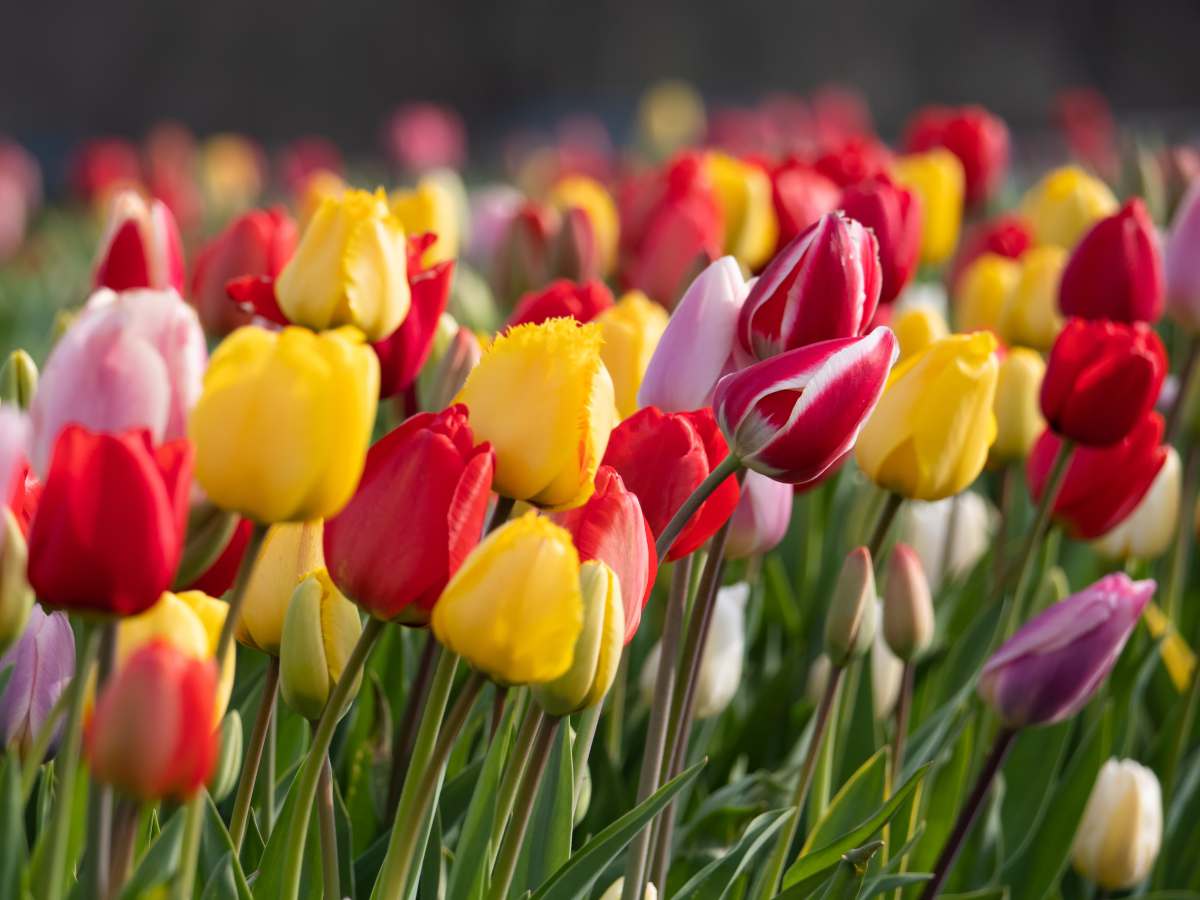
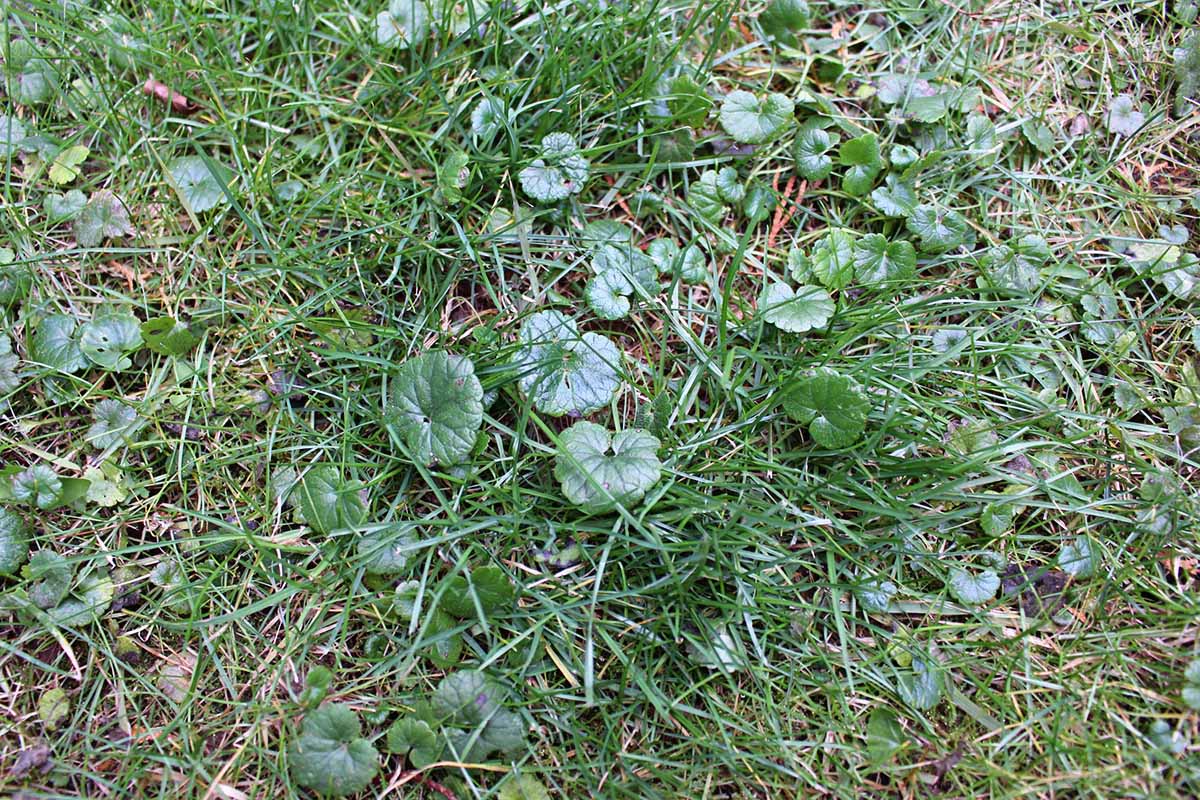
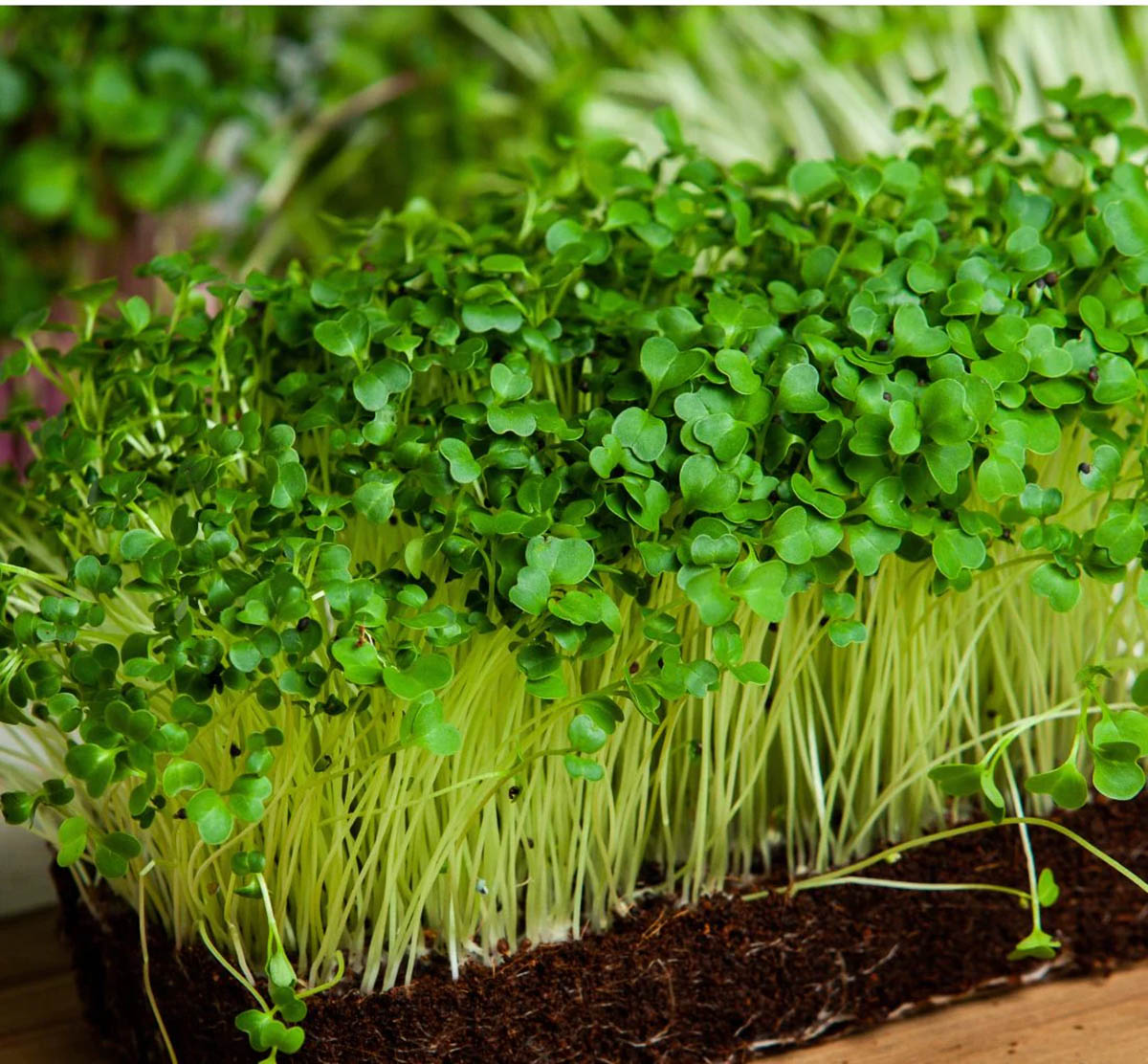
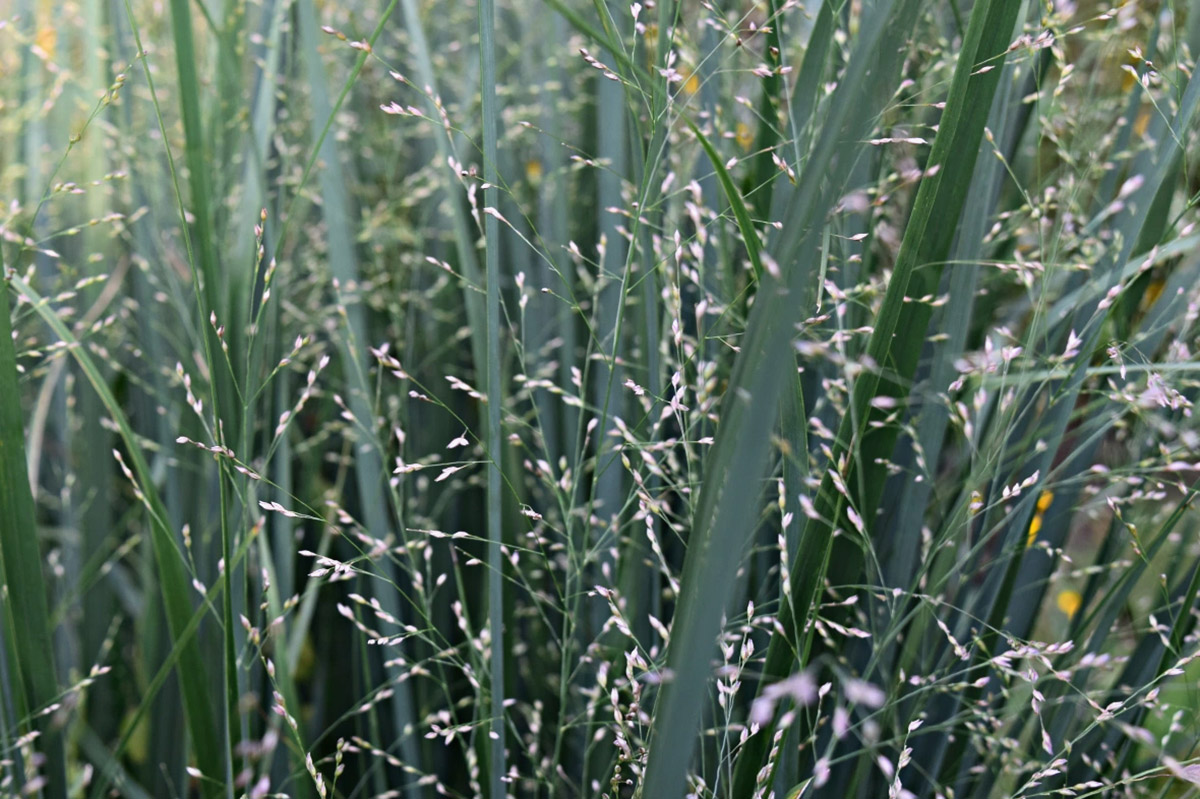
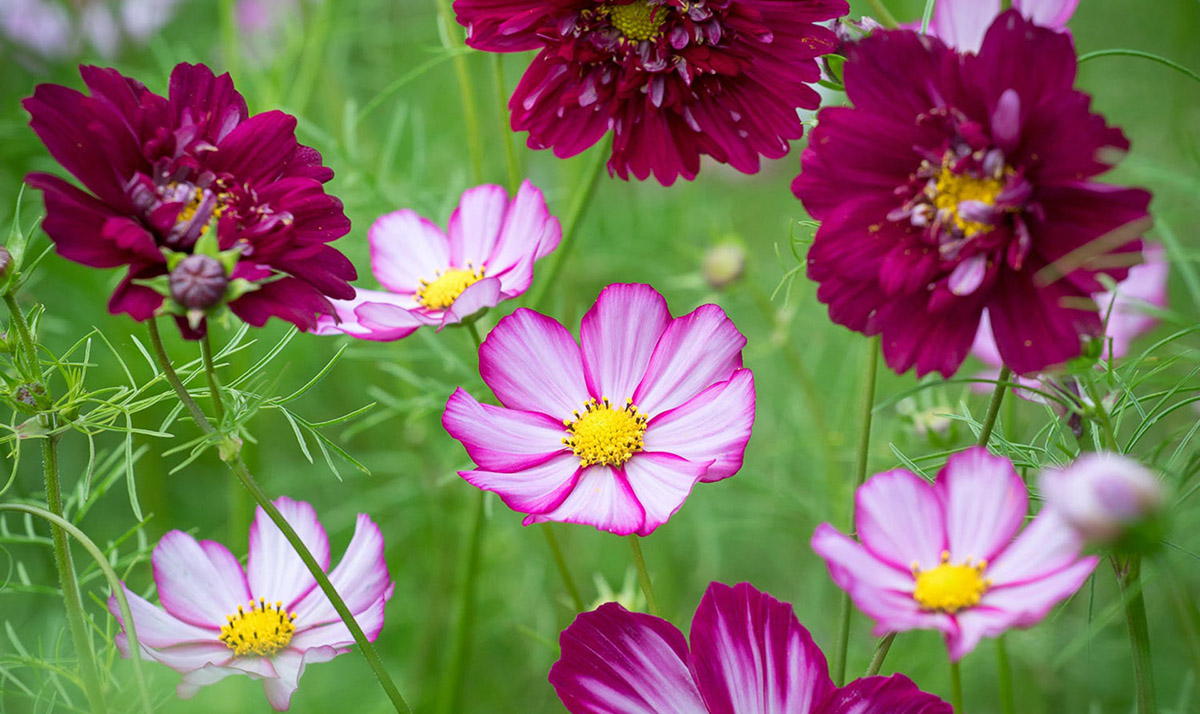
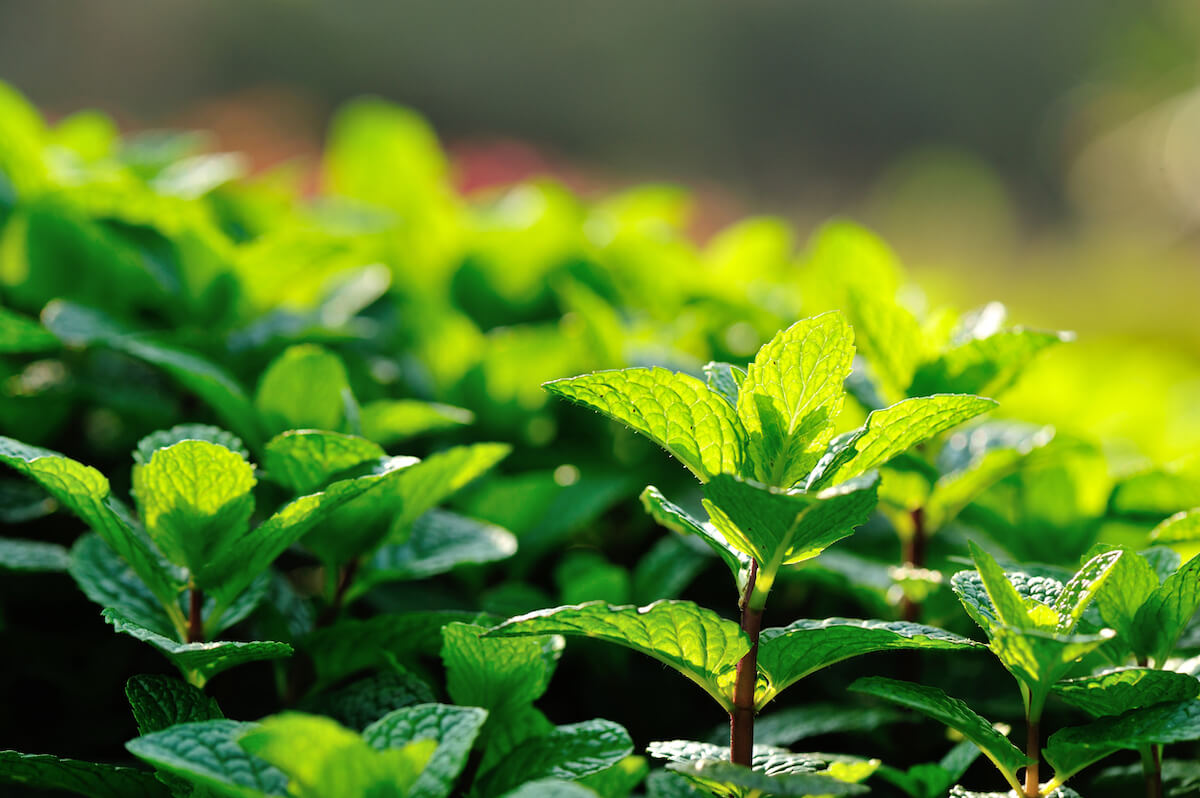
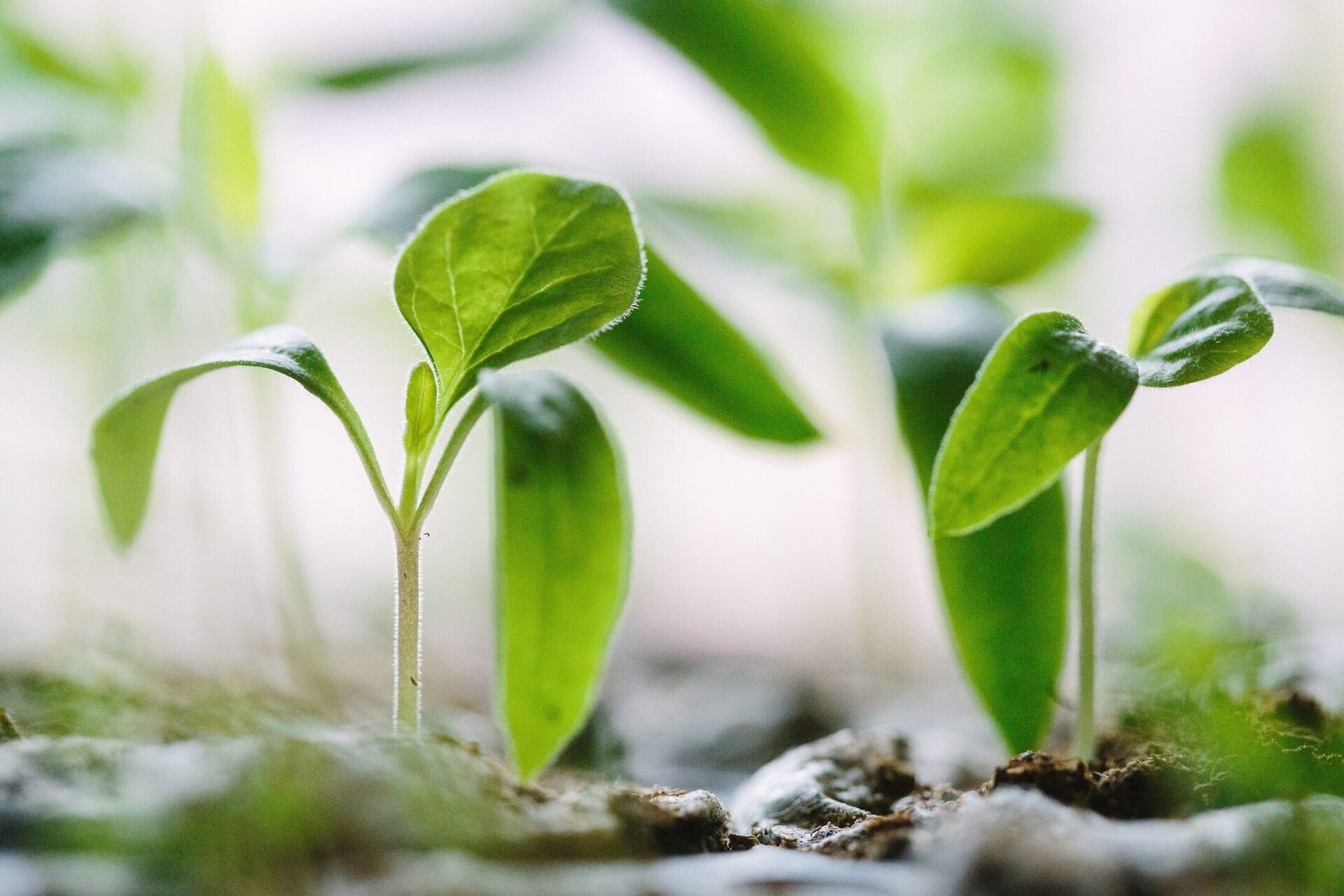
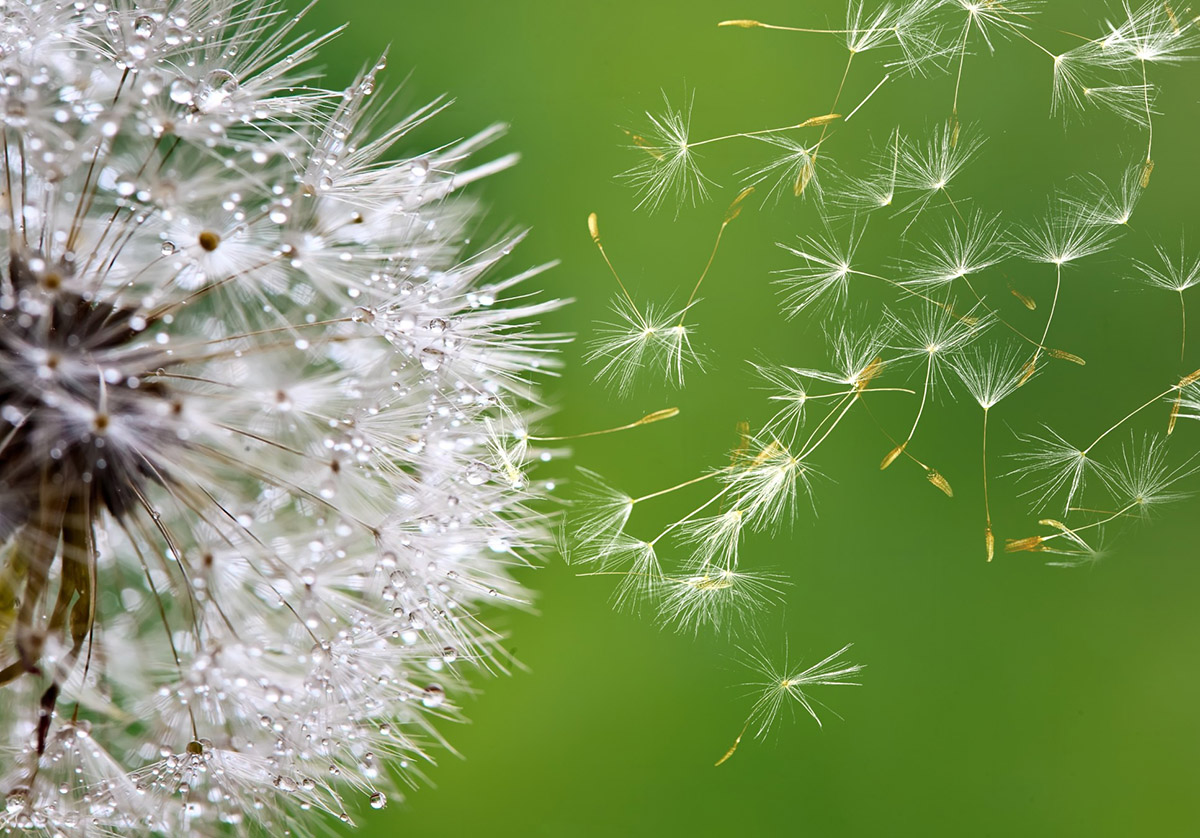
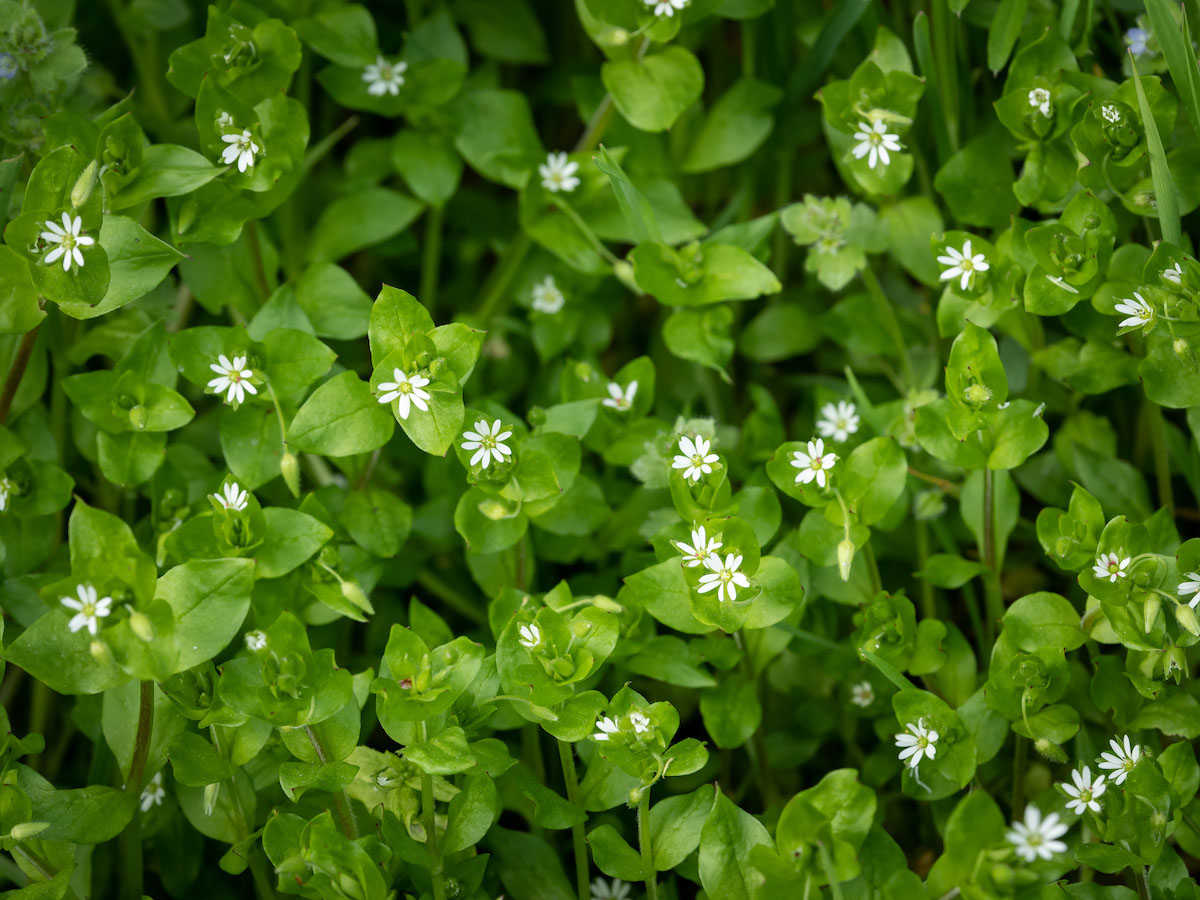
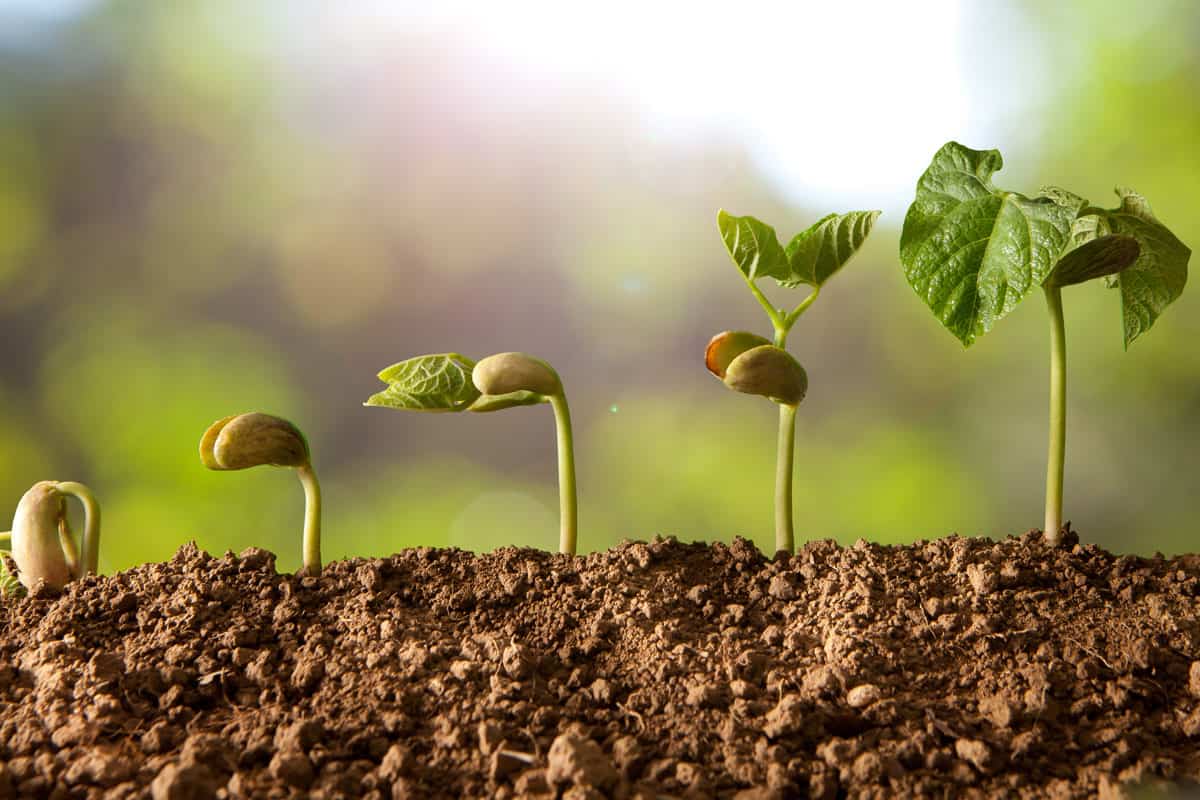
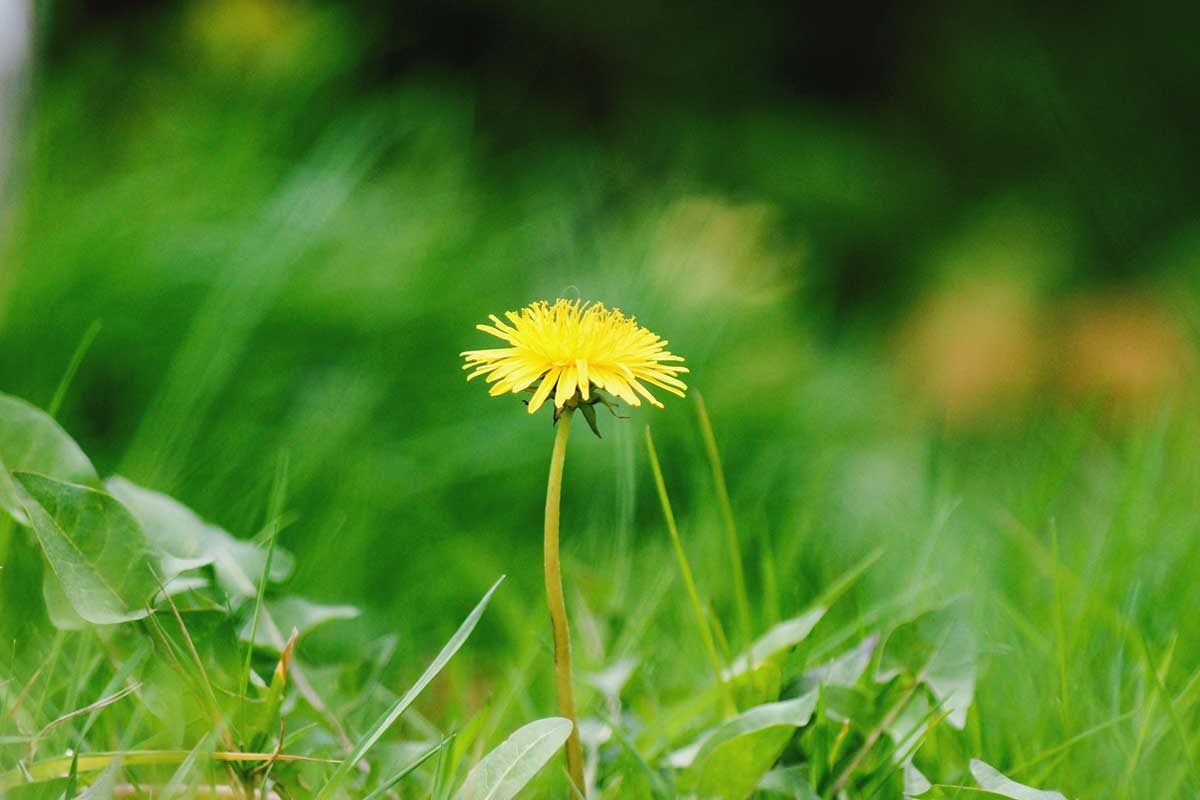
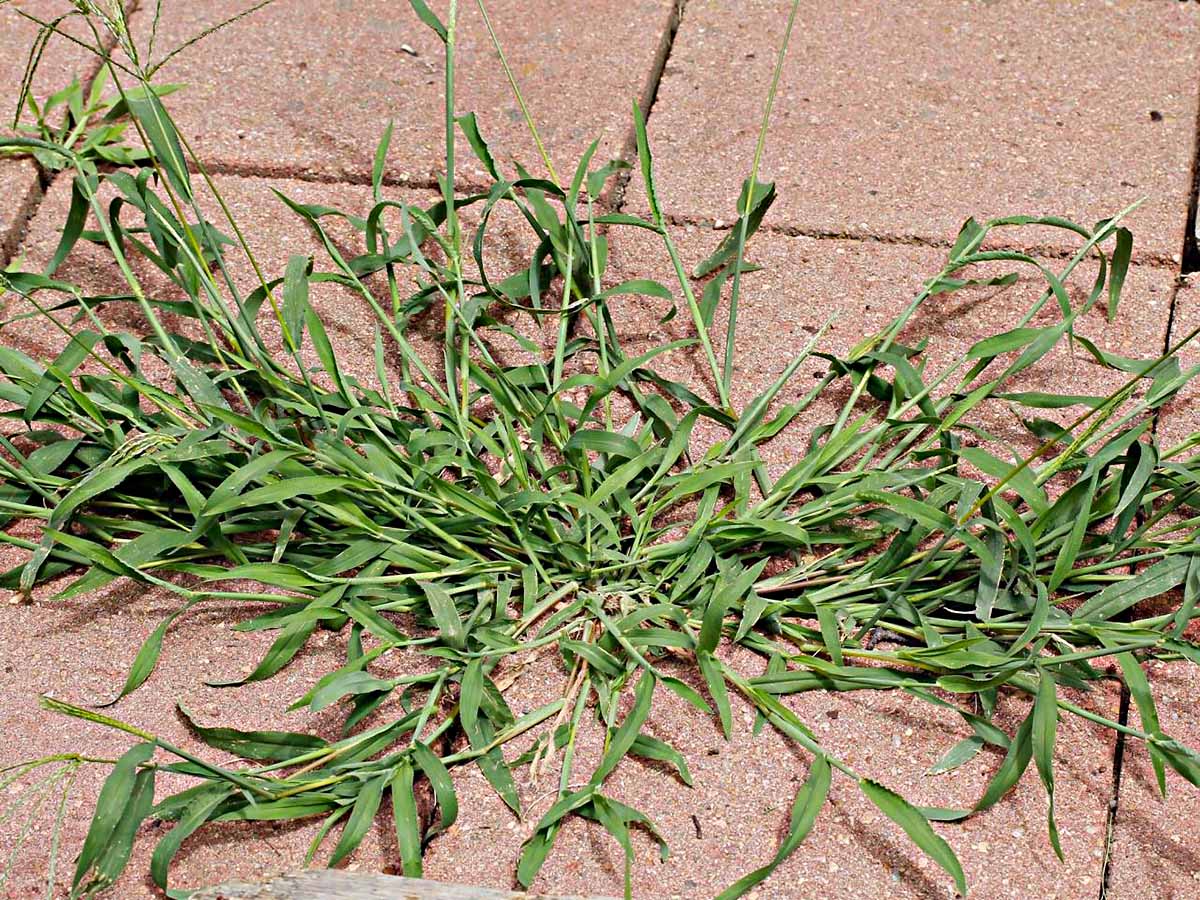
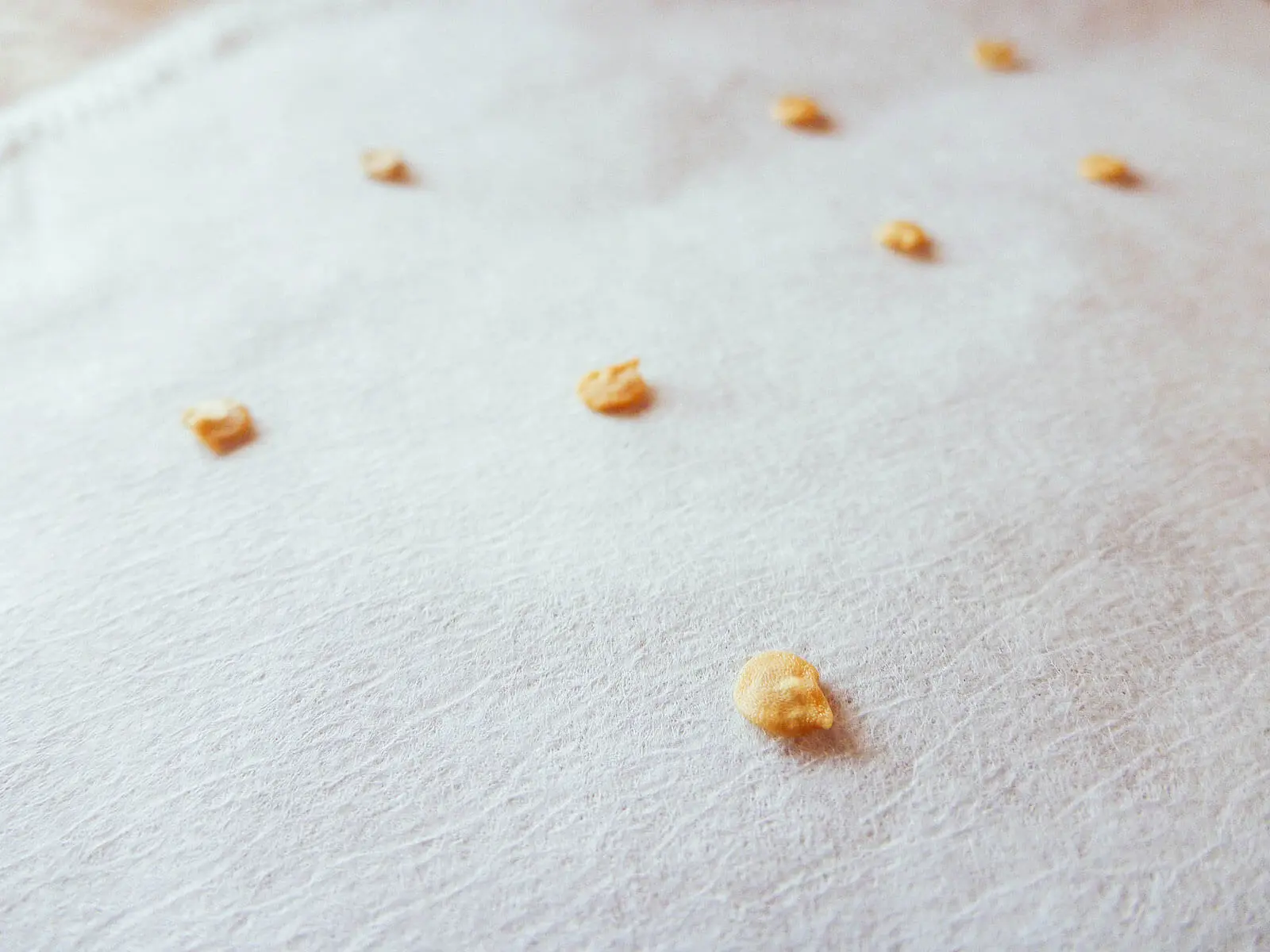
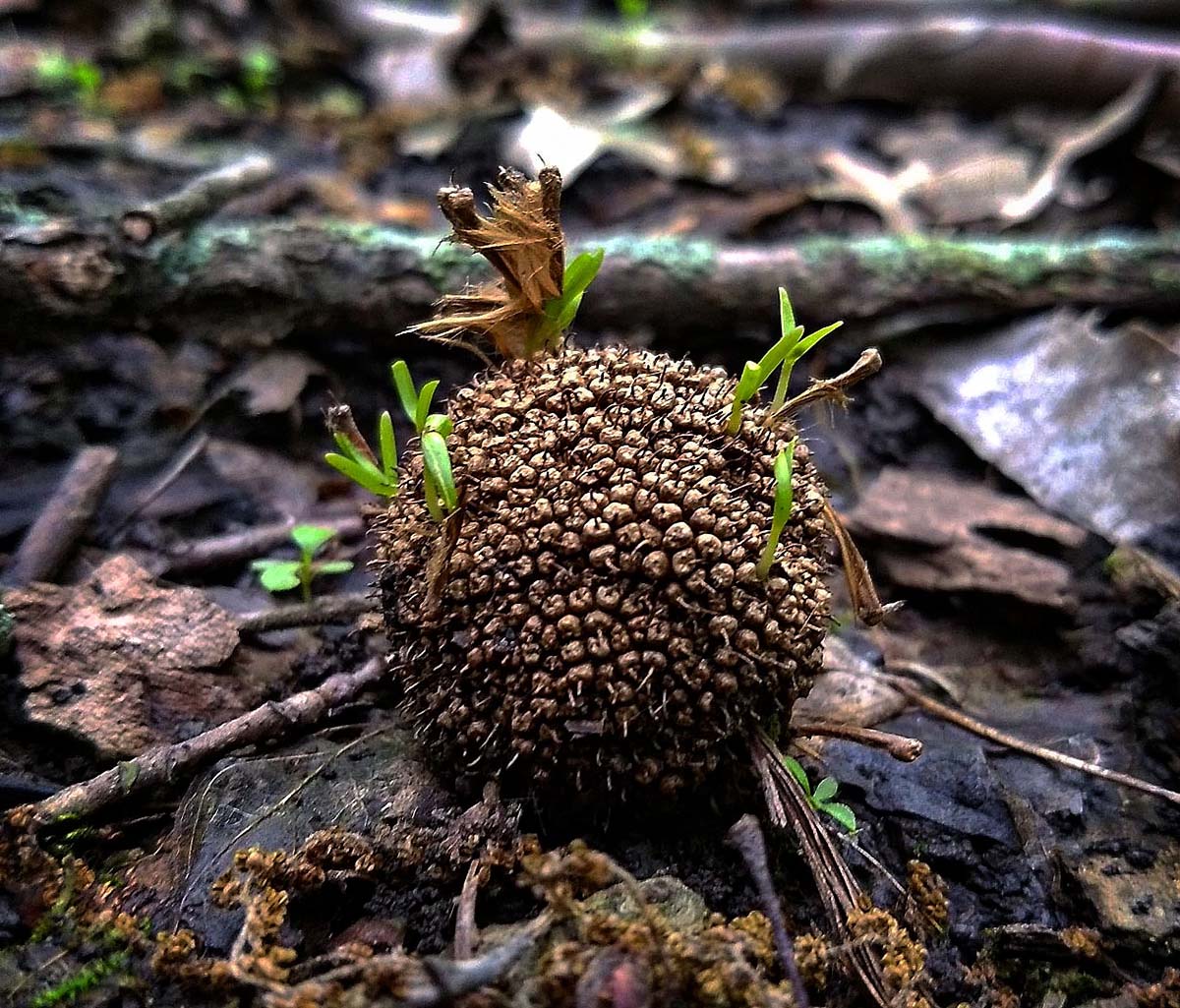

0 thoughts on “When Will Big Bluestem Germinate”